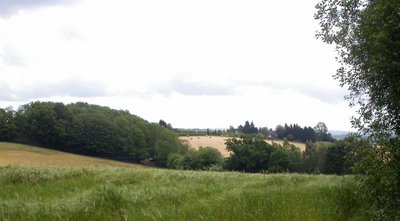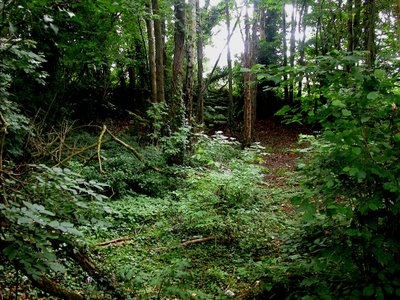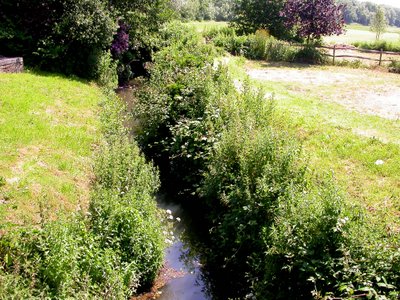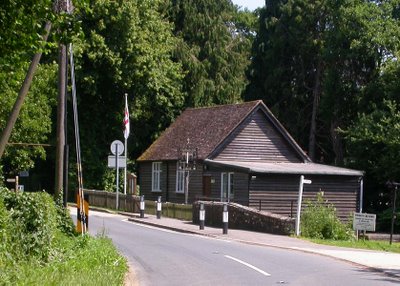

Right at the top of my grid square the map shows the kind of public footpath few would trouble to take (
see here). It seems just to be a nondescript short cut across the top of a field from Whatlington Road to the A21.
There is a lay by where this path joins Whatlington Road and, on Midsummer's Day, I ascended the bank to discover that the path led in one direction out into the barley field, but had a short spur leading into a grove of trees in a circular basin, possibly a long-forgotten pond. In the centre there was a small elder tree in full bloom.
Finding a grove such as this on Midsummer Day had a pagan chime about it and it does show that following even the most obscure footpaths can reveal interesting places. A few days later I went there again with our son Charles and brought a piece of decaying birch log away with me to see if I can breed any insects from it. So far the only species to emerge is the fly Rhinophora lepida, a parasitoid of woodlice.
The top picture shows the view from the Midsummer Grove towards the south east.









